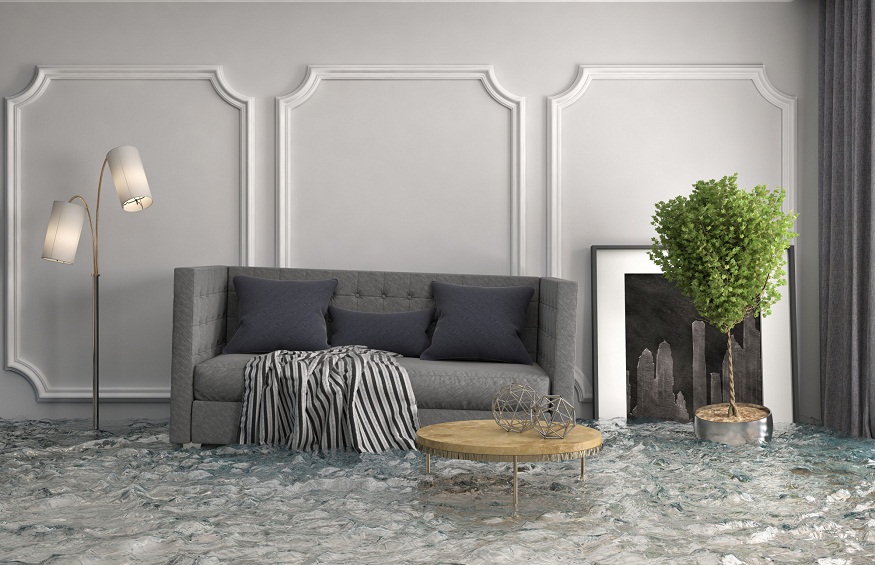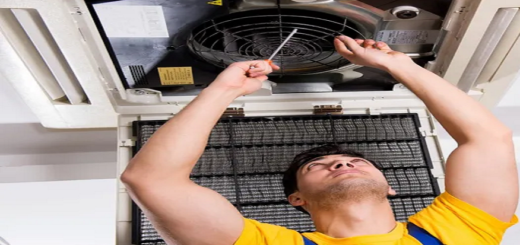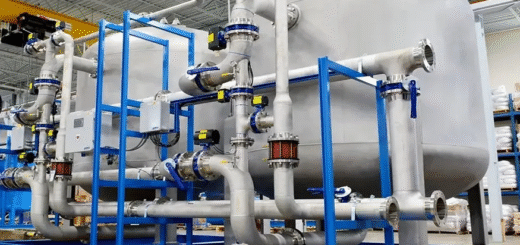Steps to Take After Your Home or Business Suffers From Water Damage
Hurricane Katrina that rocked Louisiana back in 2005 caused more than $160 billion in damage. While you can reverse the effects of water damage with a few simple steps, you can’t do the same for hurricanes, but that’s beyond the point.
Water damage affects even the sturdiest and most expensive buildings. The damage may be mild and severe, depending on the severity of rainfall or flooding.
Fortunately, you can reverse water damage to your home or business in six simple steps. Keep reading to learn what steps to take to restore your home from water damage.

What Is Water Damage Restoration?
Water damage restoration is the process of removing excess water from a building to remediate the effects of water damage. The process should happen as soon as possible to reduce the extent of water damage. The longer the water sits, the more chances for fungi and mold growth, which can be detrimental to your health.
What’s more, the sooner you act, the more money you save, and the faster you can get your home or business premises back in good shape. That’s why you should start the restoration process the moment you realize any water damage.
With that in mind, the type of water damage restoration depends on the class and water damage category. Water damage reversal follows six simple steps that we’ll discuss at length.
Step 1: Talk to Your Insurance Company
The first thing to do the moment you notice significant water damage is to contact your insurance provider. Your insurance company is your best bet for restoring your house to its previous condition without breaking the bank. Contact your insurer as soon as possible because some claims may require a lot of paperwork and time to execute.
You can let the insurance company take it from here, but that’s not such a good move. Insurance companies work with a preferred contractor, and sometimes the contractor may not be up to the task. That’s why you need to scout for a reputable one that can handle the damage restoration.
Step 2: The Assessment and Inspection
The contractor or restoration company will then conduct a thorough inspection of the damaged site to determine the extent of water damage. The expert will then categorize the water damage after the initial inspection.
A critical part of the inspection is determining the water source to prevent further damage to the building. The expert also determines the water’s contamination level and categorizes the water. There are three categories of water contamination.
Next, the experts determine the porosity of the building’s materials. They do so to determine how much water the building has absorbed.
To do so, the experts use equipment like hygrometers, moisture detectors, and the likes. They then classify the damage into four classes, namely class 1,2, 3, and 4.
By the end of the inspection, the experts should tell you how long the restoration process will take. They will also estimate the cost of the restoration if you didn’t take the insurance route.
Step 3: Water Removal
After the inspection, what follows is the complete removal of the water inside your building. If you let the water sit in your building, it may cause extensive and expensive damage. The water extraction process should be done ASAP if you have a flooded basement because it could result in severe mold growth.
The water restoration company utilizes powerful water extractors to clear all the water from your home. The type of water extractor the experts use depends on the volume of standing water inside your home.
The process could be lengthy, depending on the volume of water inside the building. After the drying, the experts conduct a second inspection to determine if there’s any leftover water. The next step will take care of any remaining water.
Step 4: Dehumidifying and Drying
The drying and the dehumidifying process take care of any water leftover after water extraction. The extraction company uses industry class dehumidifiers and water removers for dehumidifying and drying. The contraptions dry out the rooms entirely.
The dehumidifiers get rid of the water, but some materials may be wet to the touch. If that’s the case, the company might have to conduct the drying for a second time. Doing so ensures complete water damage to allow for the next step.
Step 5: Cleaning
When the house is completely dry, it’s now time to clean the house professionally. This cleaning takes care of any muck or grime left over after the water extraction process. For optimum cleanliness, the experts may utilize immersion and abrasive cleaning techniques.
The experts also dispose of any items that the water may have damaged. The use of PPEs and respirators is essential during the cleaning phase, especially when dealing with contaminated water.
Step 6: Final Restoration
The final phase is the restoration of the building to its previous condition. Here the experts will take care of anything that was damaged by the water. You can then decide to either repair or replace the damaged item.
Depending on your building, you may need drywall repair or carpet cleaning. These are relatively simple repairs that don’t cost time nor money.
However, you’ll need a versatile company that can offer such services. Click on this link https://www.ctr-nw.com/ for such a company.
Water Damage Is Reversible
Water damage can be very nerve-wracking, especially if it’s your first experience. However, you can completely reverse water damage, but only if you get the right people for the job. Make sure you do your homework to find a reputable company for your water damage restoration.
For more informative pieces, be sure to check out the other articles on the site.














